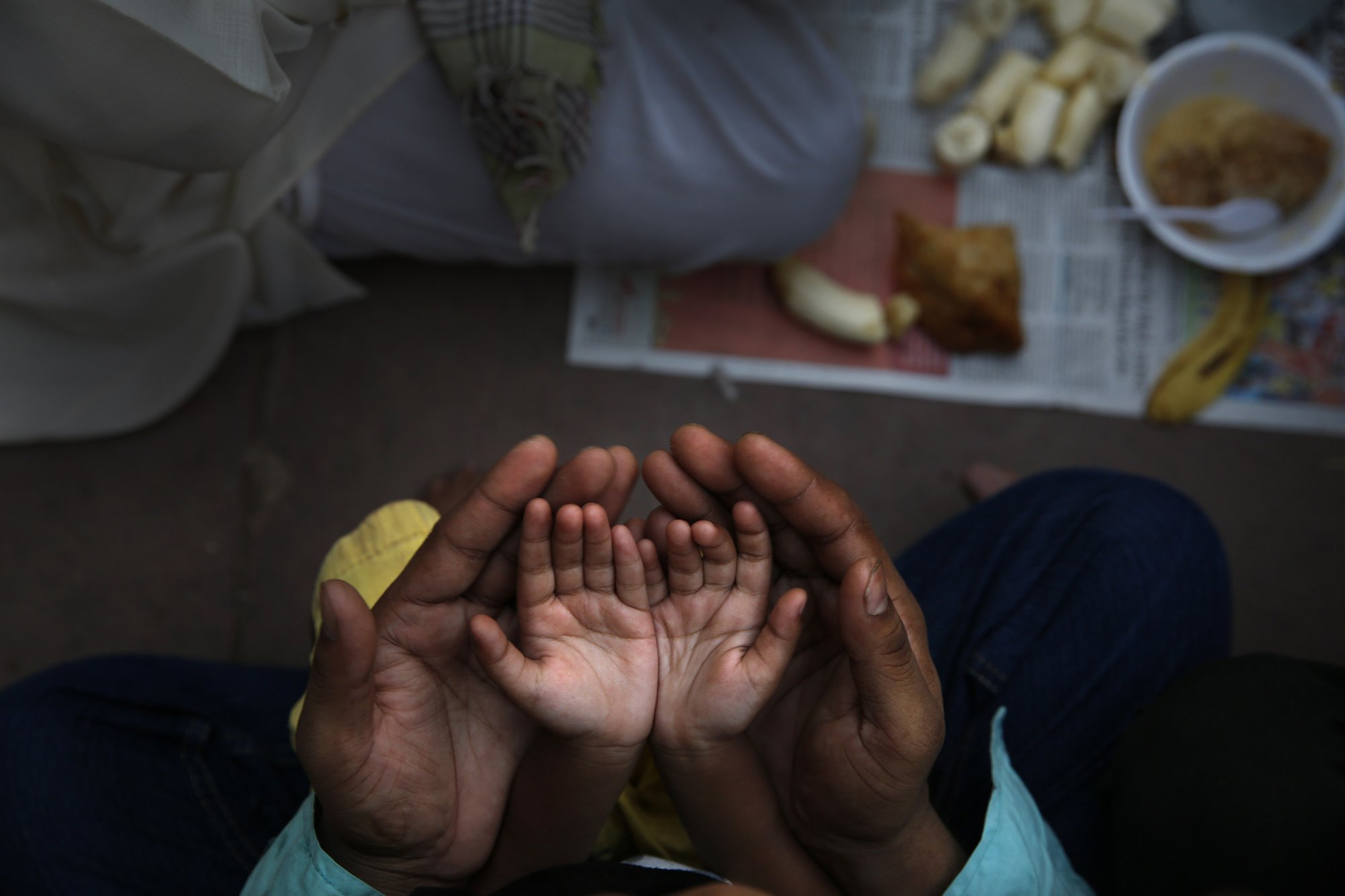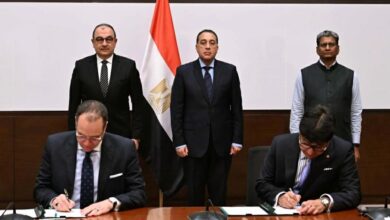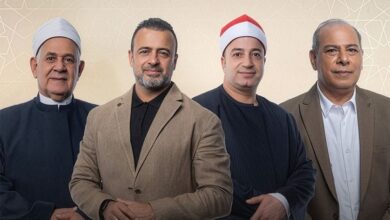
DUBAI, United Arab Emirates (AP) — Many Muslims around the world began fasting Monday to mark the start of the holy month of Ramadan.
This means waking up before dawn to eat, hydrate and pray. Once the sun rises, Muslims abstain from food and drink, including water, until sunset. They repeat the grueling routine every day for a month.
Here are some questions and answers about Islam’s holiest month and how it’s observed.
WHY DO MUSLIMS FAST?
Fasting is meant to bring worshippers closer to God through steady remembrance, reflection and sacrifice. Daily fasting, combined with five daily prayers and extended evening prayers, challenges worshippers to focus on their actions, deeds and thoughts, rather than on material desires and instant gratification.
Fasting is a requirement in Islam — a reset for the mind, body and soul. Muslims are expected to show self-control and deeper spirituality during Ramadan.
It’s also a month of gratitude. By abstaining from food and water during the day, the faithful are reminded of those less fortunate. Each night during Ramadan, mosques and aid organizations set up tents and tables to serve free evening meals for the poor.
___
HOW DO MUSLIMS FAST?
Muslims must abstain from all eating, drinking or smoking from dawn to dusk each day for the entire lunar month, around 30 days. A single sip of water or coffee, or a puff of a cigarette, is enough to invalidate the fast.
Sexual intercourse is also forbidden during the daylong fast, and Muslims are encouraged to avoid gossip, arguments and idle time.
To prepare for the fast, Muslims wake for a pre-dawn meal called “suhoor.” Often the small meal will include vegetables and fruits, tea, yogurt, dates and power foods such as beans and lentils. In many cities in the Muslim world, volunteers wake the faithful for suhoor by marching through the streets chanting and beating drums.
___
HOW DO MUSLIMS BREAK THEIR FAST?
Muslims traditionally break their fast like the Prophet Muhammad did some 1,400 years ago, with a sip of water and some dates at sunset. After sunset prayers, a large feast known as “iftar” is shared with family and friends.
Iftar is a social event as much as it is a gastronomical adventure. Across the Arab world, apricot juice is an iftar staple. In South Asia and Turkey, yogurt-based drinks are popular.
__
CAN MUSLIMS BE EXEMPTED FROM FASTING?
Children, the elderly and the ill are exempt, as well as women who are pregnant, nursing or menstruating. Travelers, including athletes taking part in tournaments away from home, are also exempt from fasting.
Muslims living in countries with excessively long daylight hours are advised by religious scholars to adhere to the fasting times of the nearest Muslim-majority country.
___
HOW DO MUSLIM-MAJORITY COUNTRIES OBSERVE RAMADAN?
Many Muslim-majority countries curb the sale of alcohol during the month of Ramadan, limiting when it can be sold and to whom. In some countries, people who eat in public during the day can be fined or even jailed, although adherence to Ramadan etiquette by non-Muslims is often a personal choice and not enforced by police.
In the United Arab Emirates, which has large Western expatriate populations in Dubai and Abu Dhabi, restaurants use curtains to conceal customers who eat during the day. In Saudi Arabia, restaurants simply close during the day.
___
WHAT ARE SOME RAMADAN TRADITIONS?
Once the start of the holy month is declared, Muslims share holiday greetings such as “Ramadan Mubarak,” or “blessed Ramadan,” via text messages, calls and emails to family and friends.
Another hallmark of Ramadan is nightly prayer at the mosque among Sunni Muslims called “taraweeh.”
Egyptians follow the tradition of the “fanoos,” a Ramadan lantern that is often the centerpiece at an iftar table or seen hanging in shop windows and from balconies.
Increasingly common are Ramadan tents in five-star hotels that offer lavish and pricey meals throughout the evening. While Ramadan is a boon for retailers in the Middle East and South Asia, critics say the holy month is increasingly becoming commercialized.
Scholars have also been disturbed by the proliferation of evening television shows during Ramadan. In the Arab world, monthlong soap operas rake in millions of dollars in advertising.
___
HOW DO MUSLIMS MARK THE END OF RAMADAN?
The end of Ramadan is marked by intense worship as Muslims ask to have their prayers answered during “Laylat al-Qadr” or “the Night of Destiny.” Muslims believe that on this occasion, which is usually observed on the 27th day of Ramadan, God sent the Angel Gabriel to the Prophet Muhammad and revealed the first verses of the Quran.
After these intense nights of prayer, the end of Ramadan is met with a holiday called Eid al-Fitr. Children often receive new clothes, gifts and cash.
Muslims attend early morning Eid prayers the day after Ramadan. Families typically spend the day at parks, eating in the sunshine for the first time in a month.
FILE – In this June 30, 2014 file photo, an Indian Muslim father holds the hands of his daughter in his palms and prays before breaking fast on the first day of holy month Ramadan at the Jama Mosque in New Delhi, India. Most Muslims around the world began fasting on Monday, May 6, 2019, for the start of the month of Ramadan. (AP Photo/Manish Swarup, File)
By AYA BATRAWY




